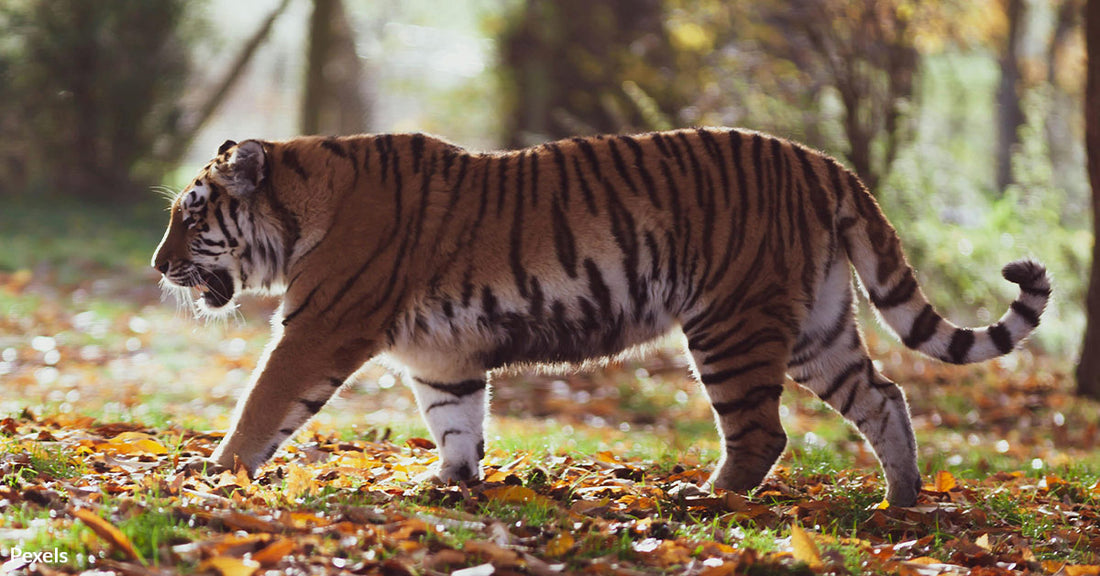Trophy Hunting Threatens Russia's Rare Siberian Tigers and Other Species with Extinction
Matthew Russell
In the shadowy forests of Russia, a troubling trend persists among the country’s wealthy and powerful.
Trophy hunting, often portrayed as a sport or pastime, has serious repercussions for wildlife conservation. The activity targets some of Russia’s most endangered species, propelled by amendments that loosened hunting restrictions for "scientific purposes," reports The Moscow Times.
This legal maneuver is feared to be a mere facade for poaching under the guise of legality.
 Photo: Pexels
Photo: Pexels
Trophy hunting is a popular pastime among Russia’s elite.
Legislative Loopholes and Lethal Consequences
Recent legislative changes in Russia have introduced worrying loopholes.
As Surge Activism reports, protected species can now be hunted under certain conditions, which ostensibly include scientific research or population control. However, conservationists argue that these amendments simply provide legal cover for the trophy hunting of species on the brink of extinction, like the Amur tiger and Siberian crane, previously safeguarded under Russia’s 'Red Book'.
The real impact of these policies is a decrease in already vulnerable wildlife populations, not the scientific advancement or species management officials claim to target, Focusing on Wildlife reports.
 Photo: Pexels
Photo: Pexels
Amendments to Russian law now allow endangered species to be hunted under certain pretexts.
The Impact on Biodiversity
Trophy hunting’s impact on biodiversity is profound and distressing.
Mikhail Yurchenko, an expert from the International Socio-Ecological Union, emphasizes that this form of hunting disrupts ecosystems, not only through the direct killing of animals but also by contributing to noise pollution and environmental stress that affects all forest life, reports The Moscow Times. Furthermore, the targeting of large, healthy animals for trophies can result in weaker genetic pools, as these prime specimens are removed from the breeding population.
Proponents argue that trophy hunting funds conservation efforts and helps manage animal populations. However, evidence suggests that the financial benefits are exaggerated and that any ecological balance achieved through hunting is temporary and fragile.
The ethical implications also raise significant concerns, casting a shadow over the argument that hunting can be a tool for conservation.
 Photo: Pexels
Photo: Pexels
Legal loopholes allow for the trophy hunting of animals listed in Russia's Red Book of endangered species.
Cultural Clash and International Concerns
The international community watches warily as the hunting of iconic species like the Siberian tiger continues. These animals not only hold ecological value but are also emblematic of Russia’s natural heritage.
The decline in foreign hunters due to global events and travel restrictions has not stemmed the tide of domestic trophy hunting, The Moscow Times reports, which poses a persistent threat to wildlife conservation within the country.
 Photo: Pexels
Photo: Pexels
Trophy hunters often justify their actions by claiming they help control animal populations.
A Call for Change
The practice of trophy hunting, entwined with issues of legality, conservation, and ethics, continues to provoke heated debate both in Russia and internationally.
The need for stricter regulations and genuine conservation efforts is clear. Protecting Russia’s rare species from becoming mere trophies on a wall is not just an environmental issue but a moral imperative that calls for immediate and decisive action.
Click below to take action!

